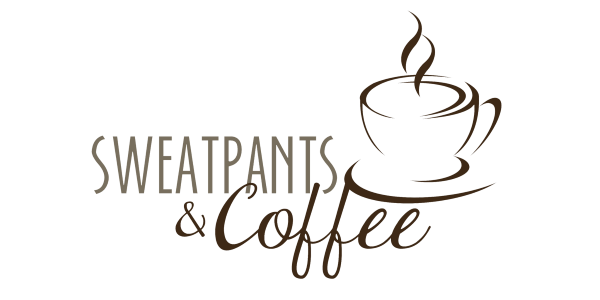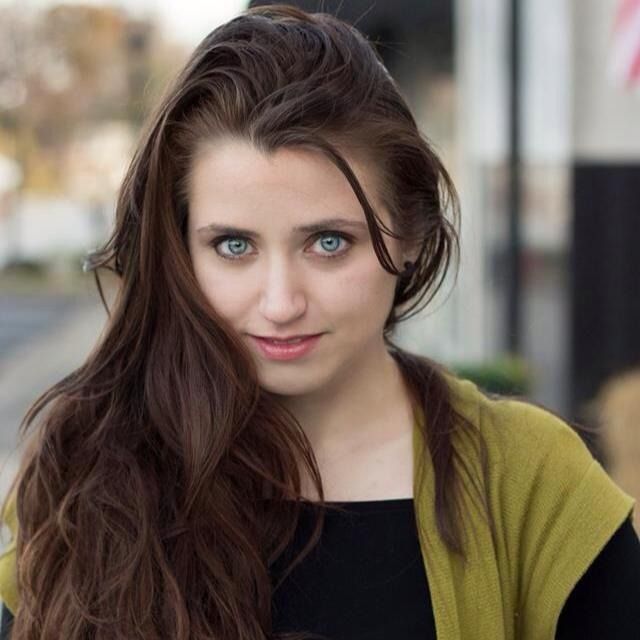Clean Beauty is a buzz-phrase that can make you roll your eyes, get giddy with excitement, want to punch a wall, or make you confused. It makes sense: “clean beauty” isn’t actually any kind of standard. Any company can use it on their packaging to try to make it appealing, and it usually works. “Don’t put chemicals and toxins on your skin, use this clean product instead!” Suddenly you have the urge to purge every product in your house and spend whatever it takes to not have chemicals and toxins on your face, in your hair, on your body so you can be beautiful from the inside out forever. Sounds great, right?
Well…that’s not how science works. For one thing, everything is a chemical. Water is a chemical! Having chemical-free beauty would mean you aren’t even putting air on your face because air is a chemical. Beauty products literally cannot exist without chemicals, because *nothing* can exist without chemicals. So what are they trying to imply? Typically when you see “chemical-free beauty,” it means chemicals that are proven to be irritating or potentially hazardous. The beauty industry sadly has a long reputation for putting some not so great ingredients in cosmetics in order to achieve their results. Lead in lipstick has been a big issue. A certain amount is expected since lead is a naturally occurring mineral, but too much obviously will pose a hazard, and even as recently as 2016 the FDA has looked into it. Their findings, thankfully, were that most lipstick manufacturers were doing okay, but there are plenty of other irritating ingredients out there that are commonly used. One of the most frustrating parts? Not everyone agreed on what’s considered a good chemical or not, so you could purchase a product with a high alcohol base under the guise that it’s good since it’s a clean product when in actuality it’s still bad since it’s mainly alcohol, which’ll just dehydrate your skin. Or worse, a company could say that an ingredient that’s perfectly safe when used in moderation is suddenly a deadly killer.
As for toxins? Well, there’s some reason for concern. As we research more about what goes in and on our bodies, we’ve found that certain chemicals just don’t play nice – so much so that they can build up in the system and actually do some damage. Some people have no issue with it, others have incredibly bad problems. So what do we do? Some say the way we have the market now is fine. Personally, I think it’s important to minimize that risk for everyone across the board. The Campaign for Safe Cosmetics is (generally) a great cause to support getting the potentially unsafe chemicals out and researching new chemicals to fill those needs. I say generally because I disagree on their stance on retinol, though not entirely. See, once people realized that retinol can really pack an anti aging punch, they decided to put it in everything. The problem? You need heavy duty sunscreen protection when using retinol, and most people don’t apply enough of a high enough SPF to counteract it. It can also cause thinning of the skin and skin sensitization. Overall, I don’t like to use it outside of the occasional chemical peel, or maybe in a treatment moisturizer used once a week or less. Obviously if a doctor has prescribed it then it’s been deemed safe, but do be sure you’re properly cleansing your skin and using SPF like it’s your lifeblood.
The FDA hasn’t really changed it’s cosmetics guidelines in 80 years, and the beauty industry in the USA is one of the most loosely regulated in the world. The result is that we have a jumbled mess of what’s considered safe and not safe, or “clean” and “toxic.” While they’re ultimately buzzwords made to catch your attention, they’re ultimately there for a reason. What goes in and on our bodies matters! You shouldn’t need a chemistry degree to figure out if a product is safe for you to use or not, and ultimately that’s the goal of the clean beauty movement – being able to buy a cosmetic knowing any broadly hazardous ingredients are gone, so you can focus on your individual needs, like how to tackle fine lines and acne on the same face…it’s me. It’s my face. I’m 30, send help.






27pinkx
Thank you for sharing this valuable tips for us.
Ismail
The best tips ever you shared with us…